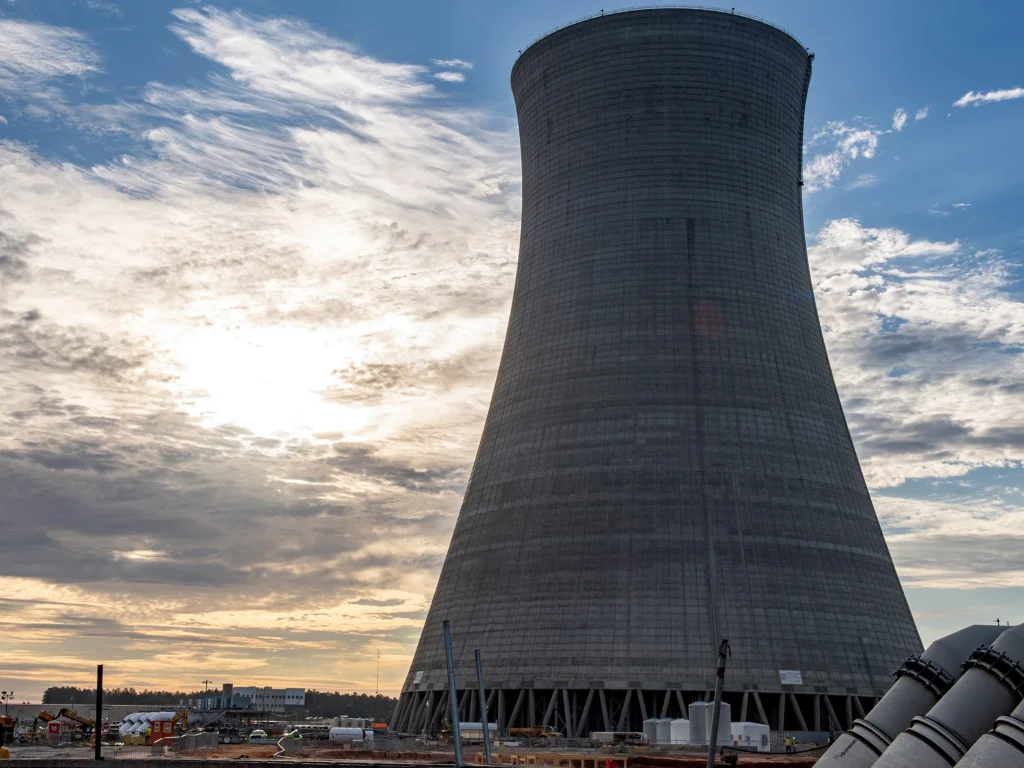Growth in energy consumption in the G20 slowed to 2% in 2011, after a significant increase in 2010. The economic crisis is largely responsible for this slow increase. For several years, global demand for energy was driven by the growth of the Chinese and Indian markets, while developed countries struggled with stagnant economies, high oil prices, which led to the stabilization or reduction of energy consumption.
According to the IEA, from 1990 to 2008, average energy consumption per person increased by 10%, while the world population increased by 27%. Regional energy consumption also increased from 1990 to 2008: the Middle East increased consumption by 170%, China by 146%, India by 91%, Africa by 70%, Latin America by 66%, the US by 20%, the EU-27 by 7%, and in the world as a whole, consumption grew by 39%.
In 2008, the world’s total primary energy consumption was 132,000 terawatt-hours (TWh) or 474 exajoules (EJ). In 2012, primary energy demand increased to 158,000 TWh (567 EJ).
Energy consumption in the G20 in 2010 increased by more than 5% after a slight decline in 2009. In 2009, world energy consumption decreased for the first time in 30 years by 1.1%, or by about 130 million tons of oil equivalent (Mtne), as a result of the financial and economic crisis, which led to a decrease in world GDP by 0.6% in 2009 .

This evolution is the result of two opposite trends: the growth of energy consumption remained valid in several developing countries, in particular in Asia (+ 4%). Conversely, in the OECD, consumption in 2009 fell sharply by 4.7% and thus fell almost to the level of 2000. In North America, Europe and the CIS, consumption fell by 4.5%, 5% and 8.5%, respectively, due to a slowdown in economic activity. China became the world’s largest consumer of energy (18% of the total), as its consumption in 2009 increased by 8% (compared to a 4% increase in 2008). Oil remained the largest source of energy (33%), despite the fact that its share decreased over time. Coal played an increasingly important role in global energy consumption: in 2009, its share was 27% of the total volume.
Most of the energy is used in the country of origin, because it is cheaper to transport the final products than the raw materials. In 2008, the share of exports in the total volume of energy production in terms of fuel types was: oil 50% (1.952/3.941 million tons), gas 25% (800/3.149 billion m³) and hard coal 14% (793/5.845 million tons ).
A large part of the world’s energy resources is related to the transformation of the sun’s rays into other forms of energy after they hit the planet. Some of this energy has been stored as fossil energy, and the rest directly or indirectly — for example, with the help of solar photovoltaic / thermal, wind, hydro or wave power. The total solar radiation received by the Sun’s satellite, the Earth, is about 1,361 W per square meter (see Solar constant), although it varies by about 6.9% during the year due to the change in distance from the Sun (the Earth rotates in an ellipse). This value, after multiplying by the cross-sectional area of interception of solar rays by the Earth, represents the total level of solar energy received by the planet;
about half, 89,000 TW, reaches the Earth’s surface.
Estimates of the world’s remaining non-renewable energy resources vary, with fossil fuels totaling 0.4 iota joules (YJ) or 4 × 1023 joules, and reserves of available nuclear fuels such as uranium exceeding 2.5 YJ. Fossil fuels are 0.6 to 3 YJ if estimates of methane clathrate reserves are accurate and technically recoverable. The total flow of energy from the Sun crossing the Earth is 5.5 GJ per year, although not all of it is available for human consumption. The IEA estimates that meeting global energy demand over two decades, from 2015 to 2035, will require an investment of $48 trillion and a “sound political position.”
According to the IEA (2012), the goal of limiting warming to 2 °C is becoming more difficult and more expensive every year. Fossil fuels remain predominant in the global energy balance; supported by subsidies of $523 billion in 2011, nearly 30% more than 2010 growth, six times more than renewable energy subsidies.
Classification of primary energies
According to the level of production and consumption, different forms of primary energy can be classified as follows:
Combustible minerals
- Oil
- Natural gas
- Coal
Nuclear energy
- Uranus
Renewable energy
Renewable energy sources, which are called sources with high enthalpy (high energy potential)
- Hydropower
- Wind energy
- Photovoltaics

Thermal renewable energy sources
- Biomass
- Firewood, wood and crop residues
- Biogas
- Biofuel
- Waste (may contain biomass)
- Geothermal energy
- Heliothermal energy
- Thermal energy extracted from air, water, soil, etc., by a heat pump
Regarding the sources
The twentieth century saw a rapid 20-fold increase in the use of fossil fuels. Between 1980 and
In 2006, the annual rate of this growth in the world was 2%.
